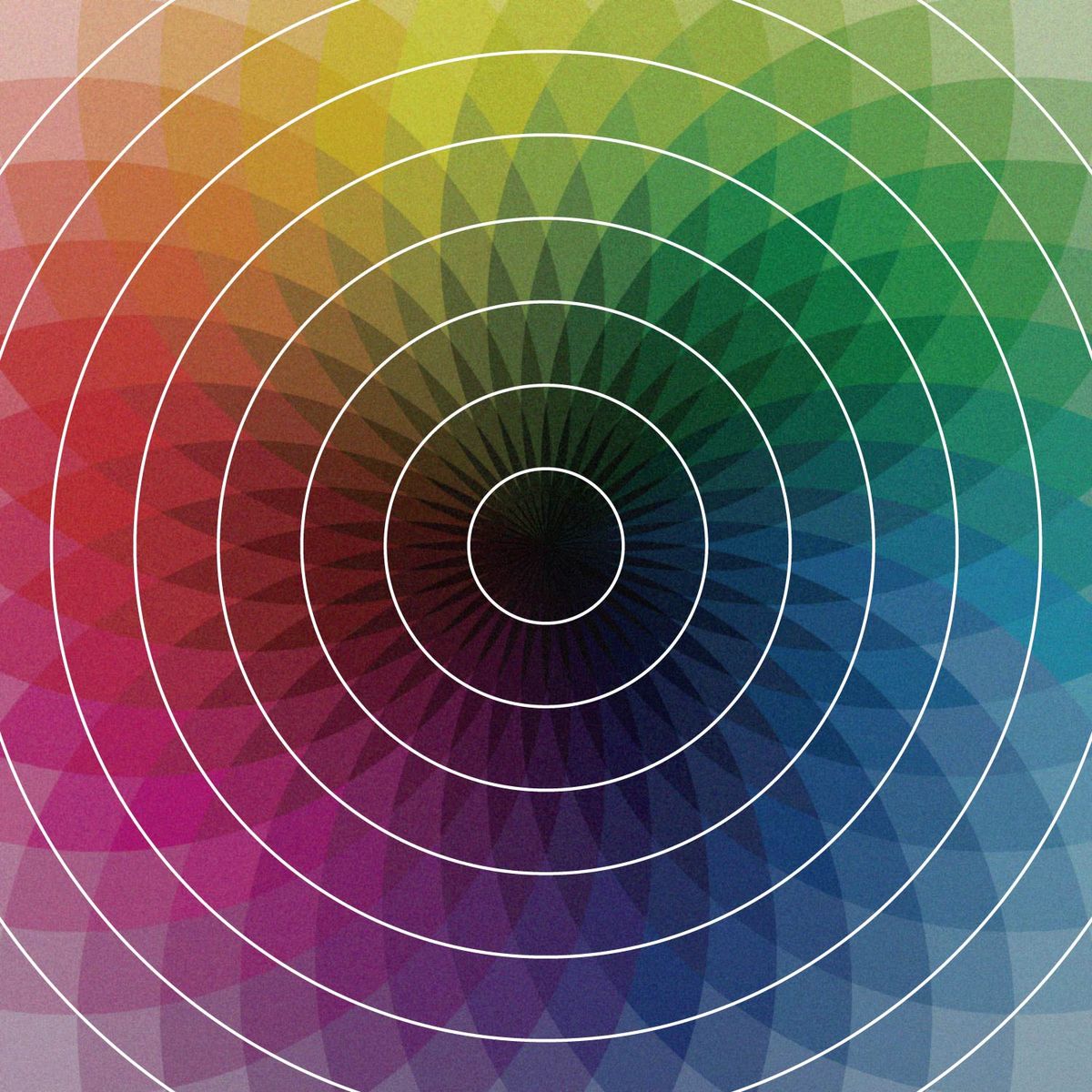The Prevalence of Pain Among Sexual Minority Adults Is Higher Than Among Straight Adults, National Survey Data Show

Pain prevalence is significantly higher among sexual minority adults than straight adults, with the highest levels among those who identify as bisexual or “something else,” followed by those who identify as gay or lesbian, according to a new analysis of 2013–2018 data from the National Health Interview Survey (NHIS). This analysis, published in the journal Pain, was conducted by researchers from the University of Western Ontario; University at Buffalo, State University of New York; Michigan State University; Ohio State University; and National Center for Complementary and Integrative Health.
Sexual minority adults (those who self-identify as gay, lesbian, bisexual, or “something else”) experience worse health than their straight counterparts. Although pain is a common health problem, little information is available on pain in sexual minority adults. This analysis provides the first comprehensive overview of pain experience in sexual minority adults, looking at those who identify as gay/lesbian, bisexual, or “something else” separately.
The data used in this analysis are for adults aged 18 to 64 who participated in the 2013–2018 waves of the NHIS, a cross-sectional survey representative of the U.S. population. Respondents self-identified as straight (heterosexual), gay or lesbian, bisexual, or “something else.” They also answered questions about chronic pain (defined as having pain most days or every day in the past 3 months [2013–2015 and 2018] or 6 months [2016 and 2017]) and pain at three or more sites (defined as positive responses to questions about three or more of the following: low-back pain, neck pain, severe headache or migraine, facial or jaw ache or pain, and persistent joint pain). Data were also collected on a variety of other factors such as socioeconomic characteristics, health behaviors, and psychological distress.
Compared with straight adults, in an analysis adjusted for age, gender, and the year of the interview:
- Gay/lesbian adults had a 47 percent higher prevalence of pain at three or more sites and a 33 percent higher prevalence of chronic pain.
- Bisexual adults had a 105 percent higher prevalence of pain at three or more sites and an 88 percent higher prevalence of chronic pain.
- Adults who identified as “something else” had a 133 percent higher prevalence of pain at three or more sites and an 89 percent higher prevalence of chronic pain.
Of the other factors that were examined, the one most strongly linked with the higher prevalence of pain in sexual minority groups was psychological distress. The two groups with the highest prevalence of pain also had the highest levels of psychological distress, with 12.2 percent of bisexual adults and 14.1 percent of those who identified as “something else” reporting severe psychological distress, compared to 6.2 percent of gay/lesbian and 3.5 percent of straight adults. Socioeconomic status (8 percent) and health care covariates (4 percent) played only modest roles, which were not statistically significant.
These findings indicate that pain prevalence varies markedly by sexual identity, with higher levels of pain in sexual minority adults, particularly those who identify as bisexual or “something else.” The authors suggested that the stigma and discrimination faced by members of these groups may increase the risk of pain. They called for additional research to develop a fuller understanding of pain disparities by sexual identity, with the ultimate goal of eliminating disparities and reducing pain to achieve better health and well-being.
Reference
- Zajacova A, Grol-Prokopczyk H, Liu H, Reczek R, Nahin RL. Chronic pain among U.S. sexual minority adults who identify as gay, lesbian, bisexual, or “something else.” Pain. March 30, 2023. Epub ahead of print.
Publication Date: March 30, 2023